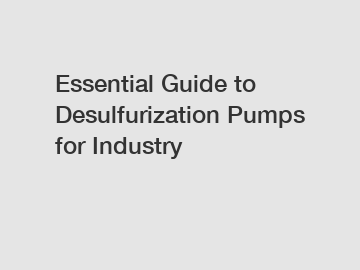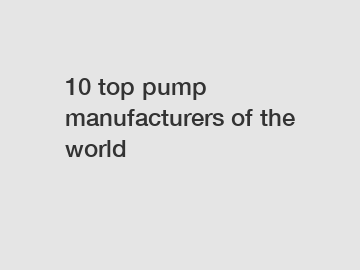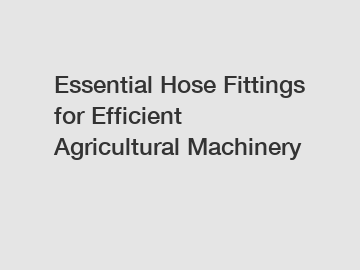https://www.eopacmachinery.com/orbital-stretch-wrapper.html
Introduction
Stretch wrapping is a vital process in many industries, ensuring that products are securely packaged for transportation and storage. But have you ever wondered how this ingenious machine actually works? In this article, we'll dive into the mechanics of stretch wrappers, exploring their types, components, and the step-by-step process that makes them so effective.
What is a Stretch Wrapper?
A stretch wrapper is a machine designed to wrap a plastic film around a pallet of products to secure them for transport. This process is essential in maintaining the integrity of the load, preventing damage and shifting during transit. Stretch wrapping is commonly used in industries such as manufacturing, logistics, and retail.
Types of Stretch Wrappers
Manual Stretch Wrappers
Manual stretch wrappers are operated by hand. The user manually wraps the film around the pallet, controlling the tension and application. These are best suited for low-volume operations.
Semi-Automatic Stretch Wrappers
Semi-automatic stretch wrappers require some manual intervention but automate most of the wrapping process. The operator places the pallet on the turntable and starts the machine, which then wraps the load.
Fully Automatic Stretch Wrappers
Fully automatic stretch wrappers operate with minimal human intervention. They can automatically load, wrap, and unload pallets, making them ideal for high-volume operations.
Components of a Stretch Wrapper
Base and Turntable
The base provides stability, while the turntable rotates the pallet, ensuring even wrapping.
Film Carriage
The film carriage holds the stretch film and controls its tension and stretch, ensuring consistent application.
Control Panel
The control panel allows operators to set wrapping parameters such as the number of wraps, tension, and speed.
Sensors and Safety Features
Sensors detect the presence of a pallet and ensure the wrapping process is safe and efficient. Safety features prevent accidents and damage to the machine or products.
How Does a Stretch Wrapper Work?
Basic Working Mechanism
A stretch wrapper works by securing a pallet on a turntable, which then rotates while a film carriage wraps the stretch film around it. The film stretches as it's applied, ensuring a tight and secure wrap.
Steps in the Stretch Wrapping Process
Loading the Pallet
Preparation of the Pallet: Ensure the pallet is properly loaded and balanced.
Positioning on the Turntable: Place the pallet on the turntable, ensuring it's centered and stable.
Film Carriage and Film Application
Additional resources:The Advantages of Incorporating a Plate Chain Bucket Elevator into Your Business OperationHow does EPS Pre-Expander Machine Technology work?Should Sand Moving Machines Replace Manual Labor?Steel Sea Wall vs. Concrete Barriers: Coastal Defense ShowdownWhat Is Fumed Silica Used ForWhat Are the Key Benefits of Oil Seals?How to Choose High-Purity Nano-Silica Powder EffectivelyRole of the Film Carriage: The film carriage moves up and down, applying the film evenly.
Film Tension and Stretch: Adjust the tension to ensure the film stretches appropriately for a secure wrap.
Wrapping Cycle
Start of the Wrapping Cycle: Initiate the wrapping cycle via the control panel.
Film Application Techniques: The film is applied in layers, starting at the bottom and moving upwards, then back down to ensure full coverage.
Control Panel Operations
The control panel is the command center of the stretch wrapper. Operators can set parameters such as the number of wraps, tension, and speed, and monitor the process to make adjustments as needed.
Sensors and Safety Features
Sensors play a crucial role in the operation of a stretch wrapper. They detect the presence of a pallet, ensuring the machine only operates when a load is present. Safety features, such as emergency stop buttons and guards, protect operators from accidents.
Benefits of Using Stretch Wrappers
Enhanced Load Stability
Stretch wrapping ensures that products are securely bound to the pallet, reducing the risk of shifting and damage during transit.
Cost Savings
Automating the wrapping process can lead to significant cost savings in labor and material usage.
Improved Efficiency
Stretch wrappers speed up the packaging process, allowing for higher throughput and improved productivity.
Applications of Stretch Wrappers
Use in Manufacturing Industries
Manufacturing industries use stretch wrappers to secure products for shipment to distributors and retailers.
Use in Logistics and Transportation
Logistics companies use stretch wrapping to protect goods during transportation, ensuring they arrive safely at their destination.
Maintenance and Troubleshooting
Regular maintenance is key to keeping a stretch wrapper in optimal condition. This includes checking for wear and tear, lubricating moving parts, and ensuring the sensors and control panel are functioning correctly.
Common Issues and Solutions
Film Breakage: Ensure the film tension is set correctly and the film is of good quality.
Uneven Wrapping: Check the alignment of the pallet and the film carriage.
Future Trends in Stretch Wrapping Technology
Innovations in Stretch Wrapping
Advancements in technology are leading to more efficient and versatile stretch wrapping machines, including those with programmable controls and automated adjustments.
Sustainability and Eco-Friendly Materials
There is a growing trend towards using biodegradable and recyclable stretch films, reducing the environmental impact of packaging.
Conclusion
Stretch wrappers play a crucial role in the packaging and transportation of goods, providing enhanced load stability, cost savings, and improved efficiency. Understanding how these machines work and their benefits can help businesses make informed decisions about their packaging processes.
Additional resources:Maximizing Efficiency with Lamella Inclined Tube SettersKey Questions to Consider When Purchasing a Disc Diffuser ProductAdhesives For Ceramics - Studio Operations and Making WorkElectronic Grade Silica Sol vs. Regular Silica: Key Differences Explained4 Tips to Select the Perfect Wristband Teether4 Tips to Select the Perfect Cooling Tower Spray NozzleThe Benefits of Using Eco-Friendly Cleaning Products












Comments
All Comments ( 0 )